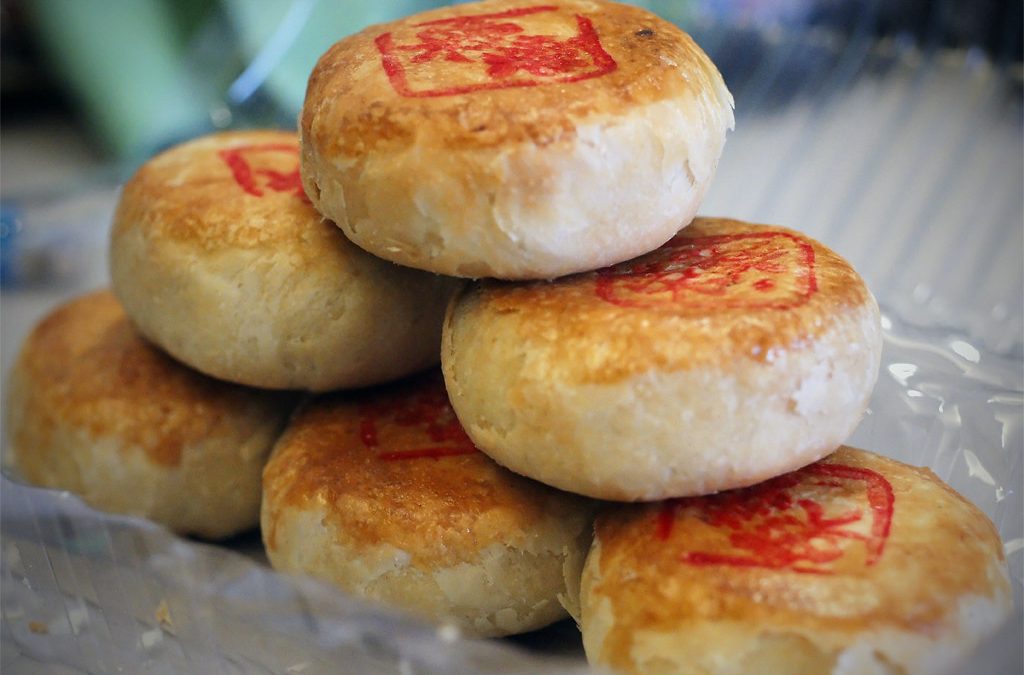Tasting your way through the streets of Penang
Diving into the food culture of a truly exotic city
Penang, often hailed as the “Pearl of the Orient,” is a Malaysian culinary haven that tantalizes taste buds with its diverse and flavorful offerings. Renowned for its vibrant street food culture, the island of Penang boasts a rich tapestry of gastronomic delights influenced by a blend of Malay, Chinese, Indian, and Peranakan culinary traditions.
Penang Char Koay Teow

Indulging in Penang Char Koay Teow is a culinary imperative when exploring the vibrant street-side fare of the island. This delectable dish features stir-fried Koay Teow (white flat rice noodles) complemented with chives, eggs, crunchy bean sprouts, and succulent prawns. Penang offers a plethora of options for experiencing exceptional Char Koay Teow, a dish so iconic that everyone has their own preferred rendition.
Penang Asam Laksa
A long time ago, Chinese settlers introduced their distinct cultural practices to Penang, which gradually intertwined with the local customs, resulting in a distinctive amalgamation of people now recognized as Peranakan. A prime illustration of Peranakan culinary traditions is Laksa. Numerous variations of Laksa exist, with Penang gaining recognition for its unique version known as Asam Laksa. Consider staying in hotels like the PARKROYAL Penang Resort for easy access to such a meal.
Tau Sar Piah
Tau Sar Piah stands out as a delectable snack with widespread popularity in Penang. This traditional baked delight features assorted bean fillings, including red beans or green beans. The distinctive Penang version of Tau Sar Piah is typically filled with lusciously mashed mung beans. The outer layer of Tau Sar Piah boasts a crumbly texture with a subtle hint of saltiness, creating a delightful contrast with the soft and sweet interior, and may be found as easily on the streets as you would in the best restaurant in Penang.
Kueh Pie Tee
Kueh Pie Tee, also known as Koay Pai Ti, stands as a beloved Peranakan snack widely enjoyed in Malaysia and Singapore. In Singapore, it is a delicacy typically reserved for festive occasions and family gatherings. Koay Pai Tee shares similar ingredients with popiah, featuring bamboo shoots, thinly sliced vegetables, and prawns. While the exact origins of Koay Pai Ti remain uncertain, it is believed to be a Peranakan dish with influences from British culture.
Related posts
Archives
Categories
- Appetizers (11)
- Arab (43)
- Bars (30)
- Burmese (6)
- Café (21)
- Casual Dining (21)
- Chinese (34)
- Coffee House (27)
- Desserts (15)
- Destination Dining (331)
- Diner (13)
- Family Restaurants (48)
- Fast Food (45)
- Fine Dining (501)
- Food Facts (193)
- Healthy Food (77)
- Hong Kong (10)
- Indonesian (15)
- Italian (2)
- Japanese (16)
- Main Dishes (38)
- Maldivian (63)
- Miscellaneous (5)
- Miscellaneous Topics (348)
- Palate (52)
- Recipes (64)
- Restaurants (178)
- Sea Food (71)
- Singaporean (31)
- Sri Lankan (60)
- Steaks & Grill (47)
- Street Food Stalls (130)
- Thai (86)
- Types of Cuisines (103)
- Vegan (40)
- Vegetarian (6)
- Vegeterian (27)
- Vietnamese (21)
- Western (11)

